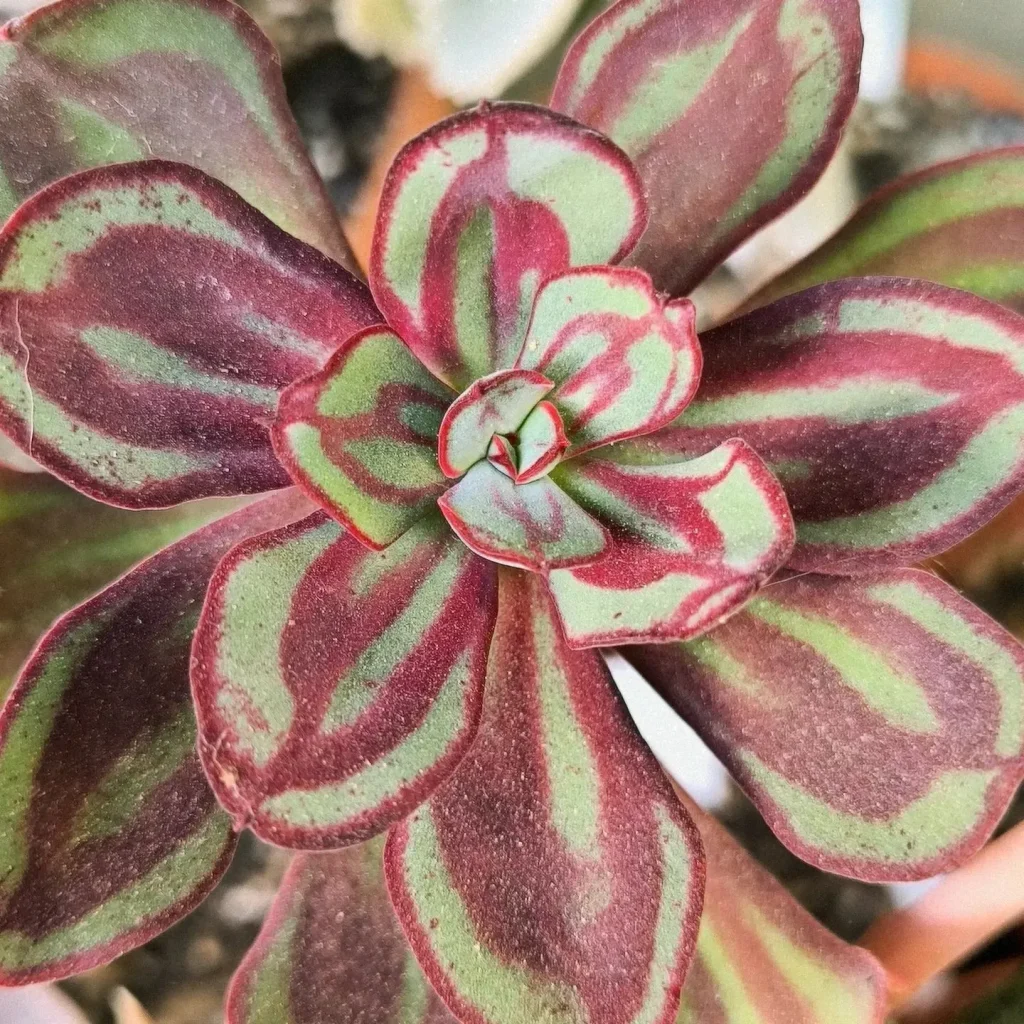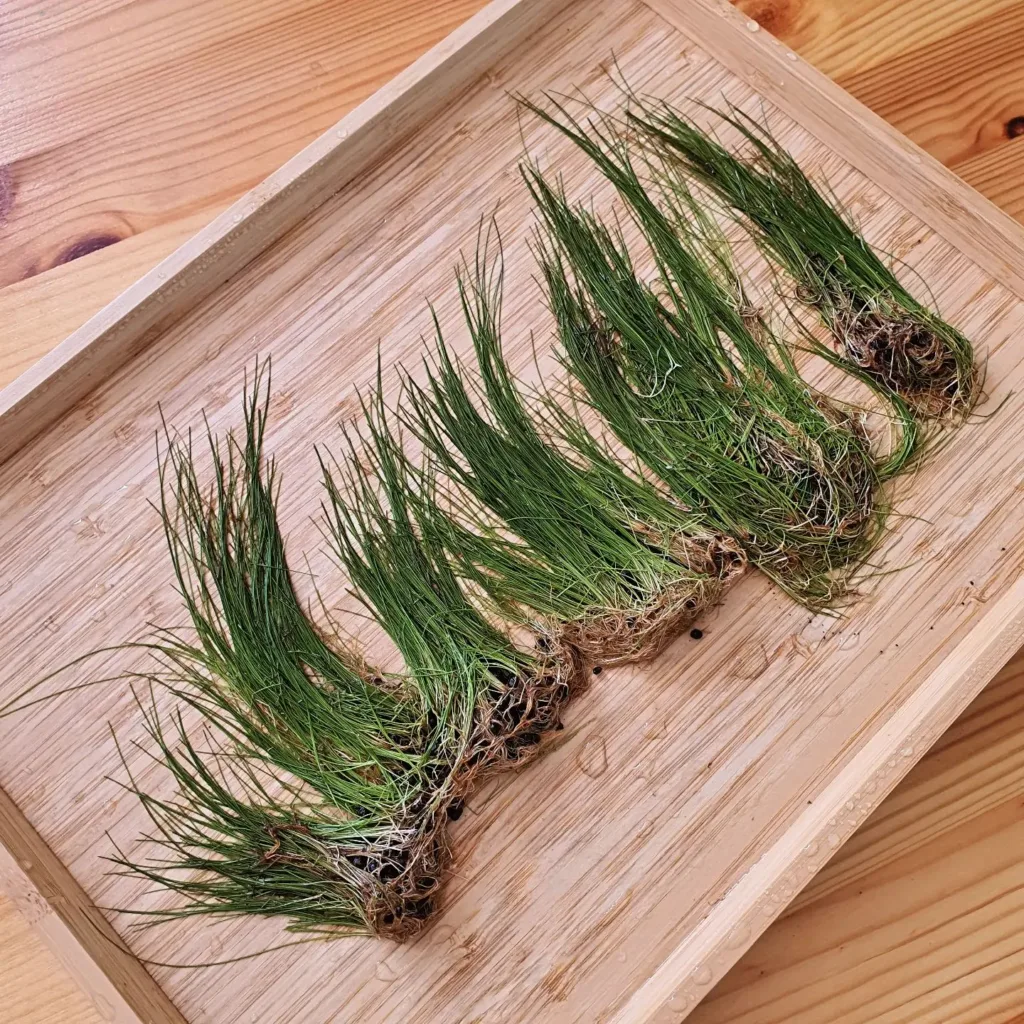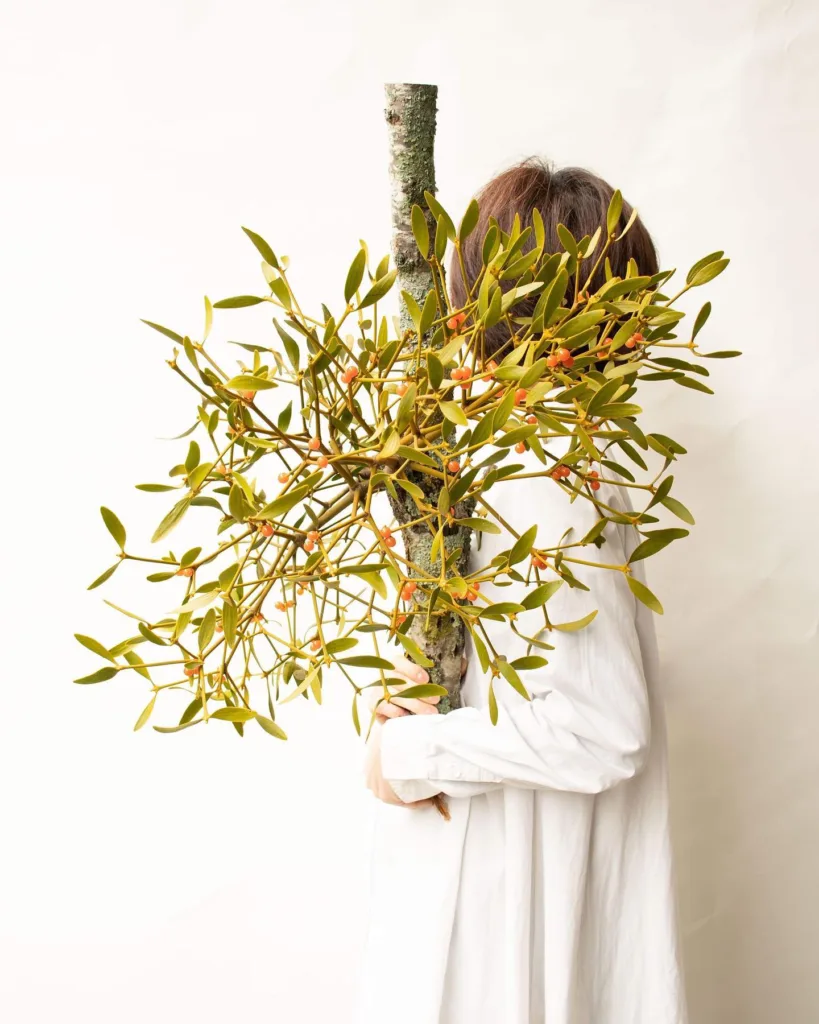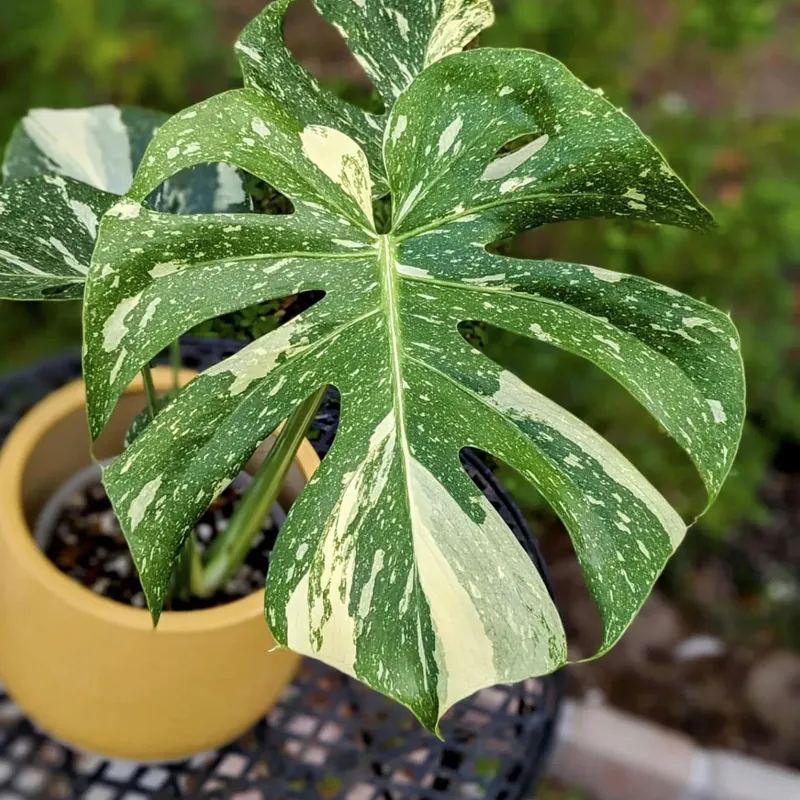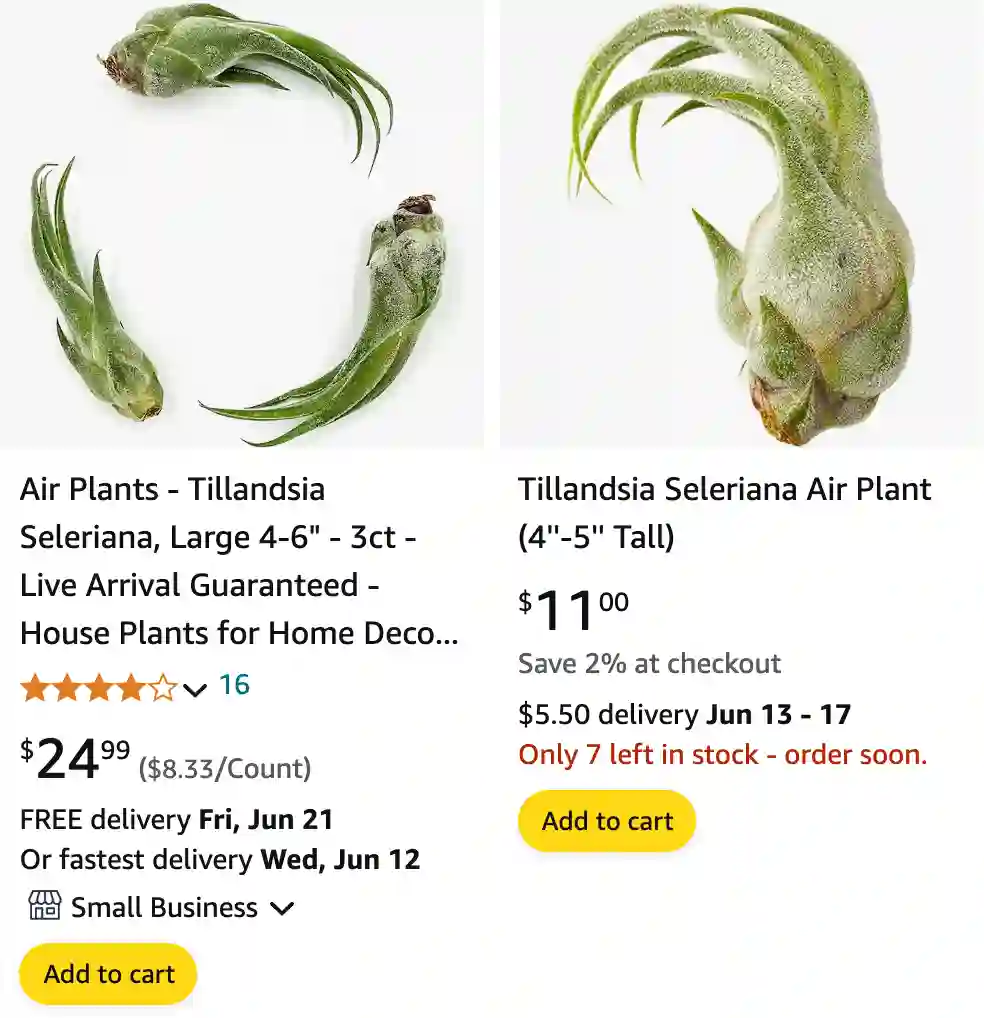
Tillandsia Seleriana: The Bromeliad with a Fuzzy Flair
Hi everyone, Ferb Vu here! Today, we’re diving into the fascinating world of air plants, specifically the eye-catching Tillandsia Seleriana. This bromeliad boasts a unique bulbous base and fuzzy texture, making it a standout in any indoor space.
Whether you’re a seasoned plant enthusiast or a curious newcomer, this FAQ will equip you with all the knowledge you need to care for your Tillandsia Seleriana and witness its stunning blooms.
690 Species in Genus Tillandsia – Air Plants
What is Tillandsia Seleriana?
Tillandsia Seleriana is an air plant native to southern Mexico and Central America. Unlike traditional houseplants that rely on soil, Tillandsia Seleriana thrives on air and moisture. Its fuzzy appearance comes from a covering of trichomes, tiny hairs that help it absorb water and nutrients from the environment.
This bromeliad boasts a bulbous base that stores water, allowing it to survive in drier conditions. When in bloom, Tillandsia Seleriana produces a vibrant red or orange inflorescence (flowering structure) that adds a pop of color to your space.
Tillandsia Seleriana vs. Other Air Plants: What Makes it Special?
While Tillandsia Seleriana shares some similarities with other air plants, it has a few distinct features:
- Size: This bromeliad can grow up to 8-10 inches tall, making it a statement piece compared to some of its smaller air plant cousins.
- Bulbous Base: The prominent bulb sets it apart from other air plants with more slender structures.
- Fuzzy Texture: The trichome covering gives Tillandsia Seleriana a unique fuzzy aesthetic.
Here’s a quick comparison with two popular air plants:
- Tillandsia Caput-Medusae (Medusa’s Head): Similar in bulbous form, but Tillandsia Caput-Medusae has curlier, more dramatic leaves.
- Tillandsia Ionantha: Smaller in size with smoother, silvery leaves, Tillandsia Ionantha is known for its vibrant pink or purple blooms.
Ultimately, the “special” air plant depends on your personal preference. Tillandsia Seleriana offers a bold presence and interesting texture, while others might prefer the delicate features of Tillandsia Ionantha.
How to Care for Tillandsia Seleriana?
Tillandsia Seleriana is a relatively low-maintenance plant, but understanding its needs is key to keeping it thriving:
- Light: Tillandsia Seleriana prefers bright, indirect light. Avoid harsh midday sun, which can scorch the leaves.
- Watering: Unlike soil-based plants, Tillandsia Seleriana gets its water from the air. Soak your air plant for 15-30 minutes once a week, allowing it to dry completely between waterings.
- Humidity: Aim for moderate humidity levels (around 50%) for optimal growth. If your environment is dry, mist your Tillandsia Seleriana lightly between waterings.
- Air Circulation: Good air circulation is essential to prevent rot. Avoid placing your air plant in stagnant air or enclosed terrariums.
- Fertilizing: A light misting with a diluted bromeliad fertilizer once a month during the growing season (spring and summer) can provide a boost.
Common Tillandsia Seleriana Problems and How to Fix Them
Even with proper care, issues can arise. Here are some common problems and solutions:
- Brown Leaves: This can indicate underwatering. Increase watering frequency or misting.
- Mushy Leaves: This is a sign of overwatering. Reduce watering frequency and improve air circulation.
- Lack of Blooms: Insufficient light might be the culprit. Move your Tillandsia Seleriana to a brighter location.
By observing your plant and addressing any problems promptly, you can ensure your Tillandsia Seleriana thrives for years to come.
Where to Buy Tillandsia Seleriana?
Finding Tillandsia Seleriana is relatively easy. Here are some options:
- Online Plant Retailers: Many online stores specialize in air plants, offering a wide variety of Tillandsia Seleriana sizes and cultivars.
- Plant Nurseries: Local nurseries might stock air plants, including Tillandsia Seleriana.
- Specialty Bromeliad Growers: For a wider selection and expert advice, consider purchasing from a bromeliad specialist.
When buying, choose a healthy plant with firm leaves and vibrant coloration.
Tillandsia Seleriana and its Fascinating Features:
- Trichomes: The fuzzy coat on Tillandsia Seleriana isn’t just for aesthetics. These trichomes help the plant absorb moisture from the air, a crucial adaptation for its epiphytic lifestyle (growing on other plants). They might also offer some protection from pests and harsh sunlight.
- Air Plant Lifestyle: Unlike rooted plants, Tillandsia Seleriana doesn’t rely on soil for nutrients. It absorbs water and minerals through its leaves and trichomes. This allows it to grow on trees, rocks, or even power lines in its natural habitat.
- Mysteries of the Bulb: The bulbous base of Tillandsia Seleriana is more than just a storage unit for water. It might also play a role in reproduction, providing shelter for baby tillandsias (pups) until they’re mature enough to survive independently.
Tillandsia Seleriana Blooms: A Visual Treat
The vibrant blooms of Tillandsia Seleriana are a sight to behold. Here’s what to expect:
- Bloom Time: Flowering typically occurs in the spring or summer, but with proper care, it can bloom sporadically throughout the year.
- The Show Begins: A red or orange inflorescence (flowering stalk) emerges from the center of the plant.
- Flower Power: Small, tubular flowers emerge from the inflorescence, adding a pop of color that complements the fuzzy green leaves.
While the blooms themselves don’t last for weeks, they add an exciting dimension to the Tillandsia Seleriana experience.
Tillandsia Seleriana: A Conversation Starter
This unique air plant is sure to spark curiosity among your guests. Here are some talking points:
- The “Fuzzy Air Plant”: The unusual texture of Tillandsia Seleriana often leads to questions about its fuzzy coat. Explain the role of trichomes in air plant survival.
- Air Plant Power: Tillandsia Seleriana’s epiphytic lifestyle can be a fascinating topic. Discuss how it thrives without soil and its role in the ecosystem.
- The Bromeliad Family: Tillandsia Seleriana is just one member of the diverse bromeliad family. Share interesting facts about other bromeliads, like pineapples!
By using Tillandsia Seleriana as a springboard, you can introduce your friends and family to the fascinating world of air plants.
If i die, water my plants!
